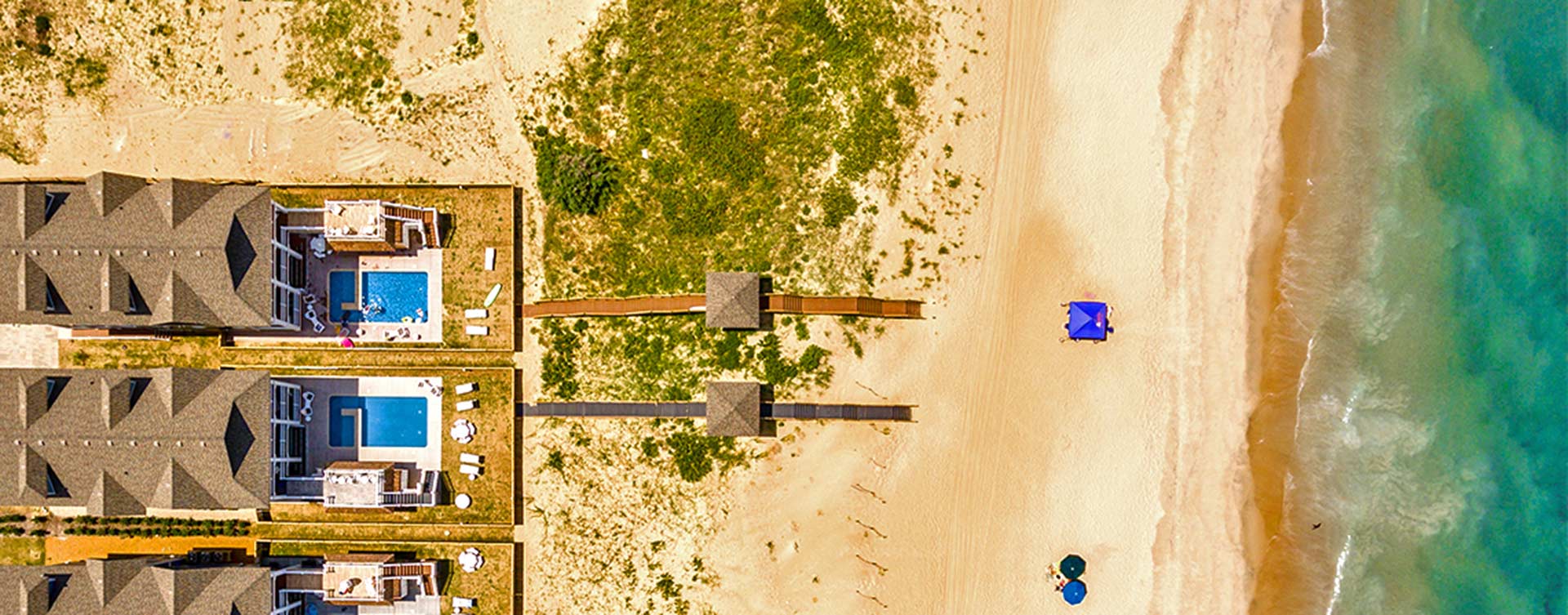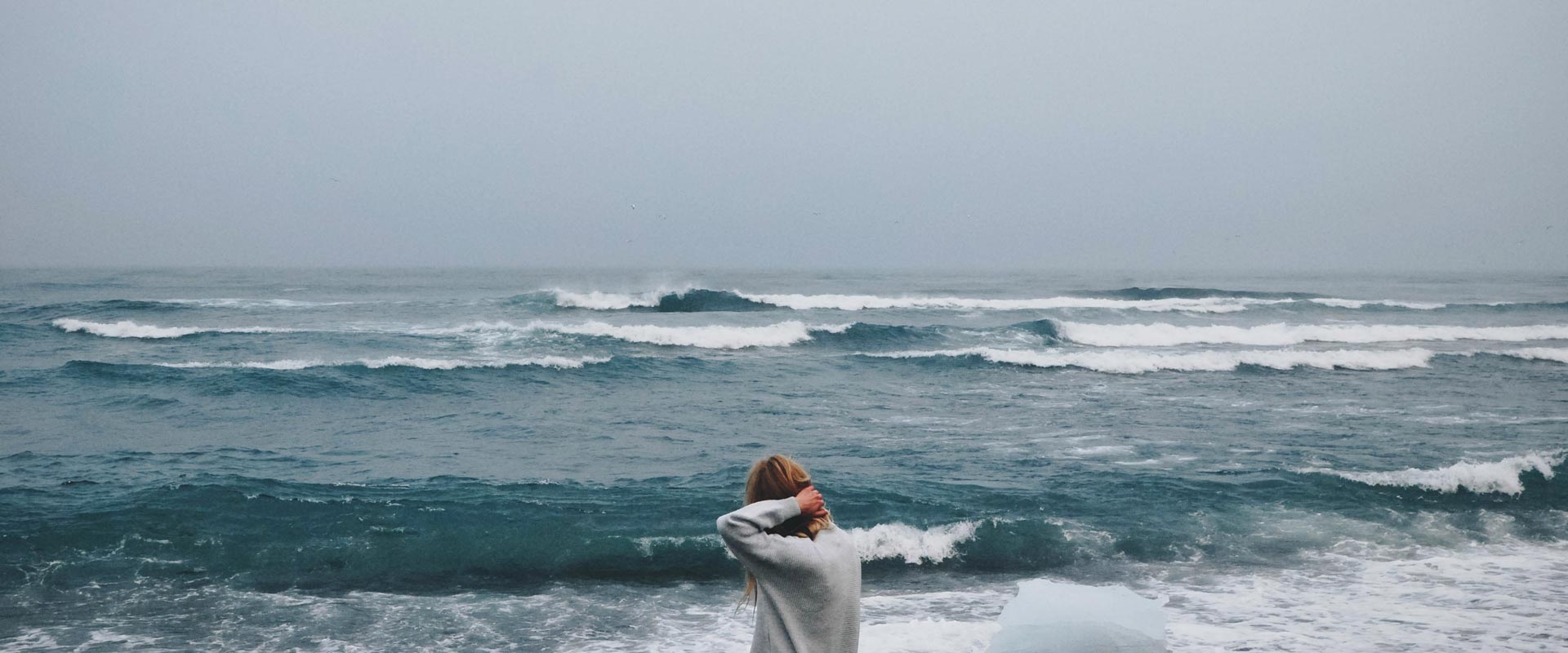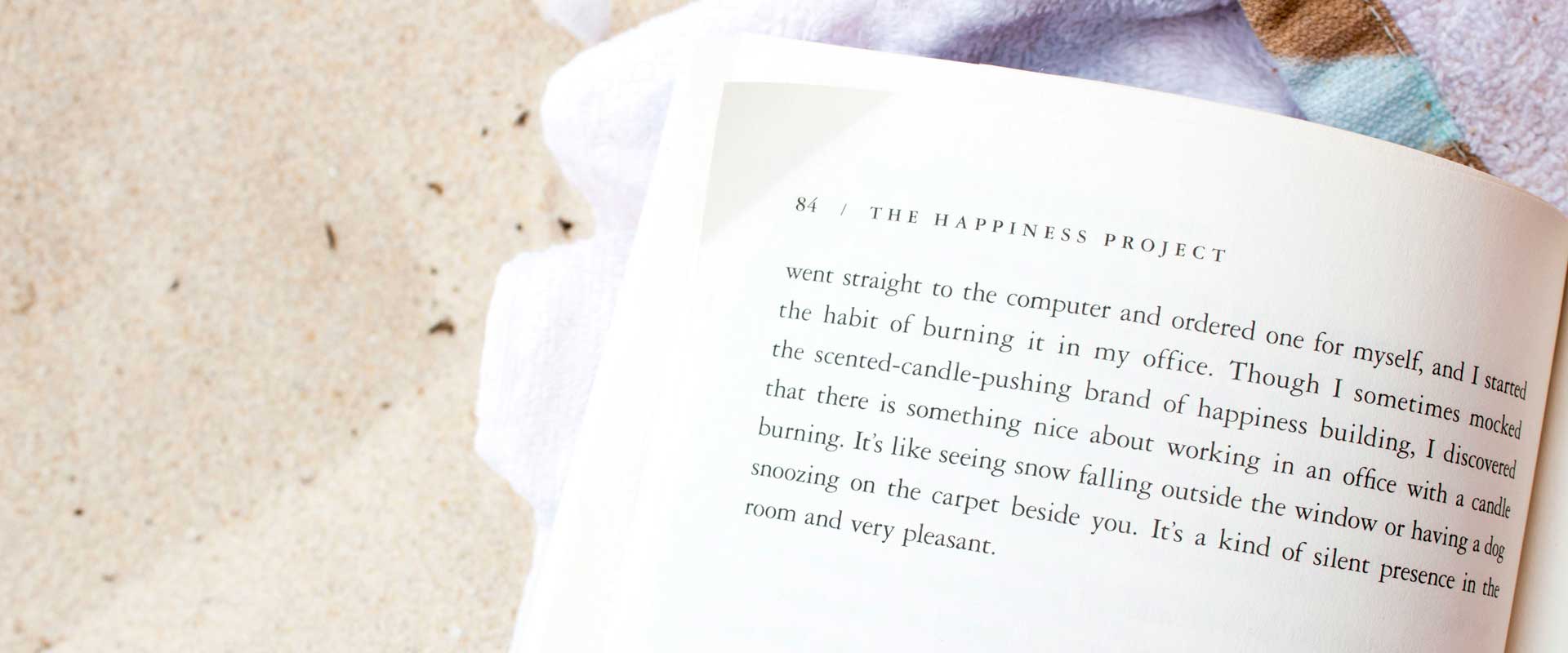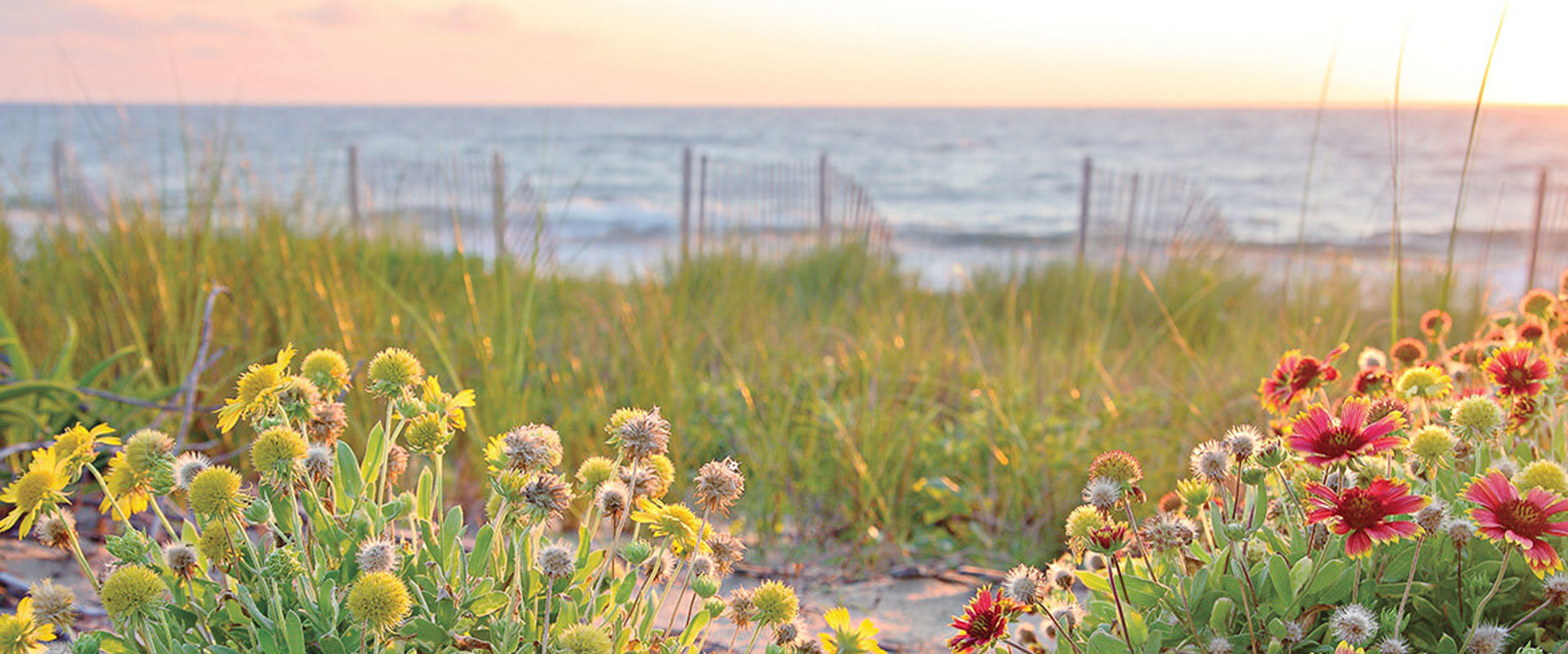We’ll call this one “The Numbers Game†or maybe, “Statistics Don’t Lie . . . They just Change Their Storyâ€.
The problem, of course, with that ever-changing statistical story is at some point in time no matter how the story is cast, the reality of the numbers takes hold. And looking for a silver lining in the face of declining real estate values is a tough job, but there really are some glimmers of hope.
Wondering how Outer Banks property values stacked up against other resort areas on the East Coast, I took a look at housing sales over the past five years. Using the information on City-data.com, some pretty interesting numbers emerged.
First the obvious. The average selling price of properties fell and fell dramatically over the past five years–and that drop occurred in every zip code examined. And the number of units sold also declined–declined even more than the selling price. Which isn’t news to anyone.
The Outer Banks as a housing market, has held its own compared to all the other markets. Depending on how the numbers are viewed, the average selling price of a home in this area either declined a little bit more or a little bit less than the average. This, bye the way, is where the statistics game comes into play. If you take out obvious statistical anomalies, things looks slightly better. If left in, they look not quite as good.
The anomaly? In the first quarter of 2007 the average selling price of a house in Hatteras was $1,000,000 . . . at its lowest point, the average selling price was $150,000. Because relatively few sales are made in that zip code (not Hatteras Island, just the zip code), one or two large transactions (or one or two foreclosures) have a disproportionate effect.
The silver lining in all of this? The decline in the number of properties sold was significantly less across the Outer Banks than the average for the zip codes included. The average decline in sales of all properties was 73% overall. For the Outer Banks–61.5%.
By any standards, both of those numbers are pretty bleak, but the better number found in the Outer Banks sales is consistent with a steadily declining inventory. Allowing for the obvious, predicting the future is a lot like tying your shoes together and going for a walk–it’s almost guaranteed that you’ll trip over your own two feet. However, healthy inventories are part of a healthy market, and just like any sales transaction, when there is too much inventory, the selling price will be depressed.
Looking into the crystal ball (which is as reliable as predicting the future) that decline in inventory would seem to indicate a return to sanity in the local real estate market. That does not mean that property values will start rising in the next three months or six month, necessarily . . . but they will start rising in the foreseeable future. It would also seem to indicate that bargain hunters looking for the best value in a property may wish to invest sooner rather than later.











